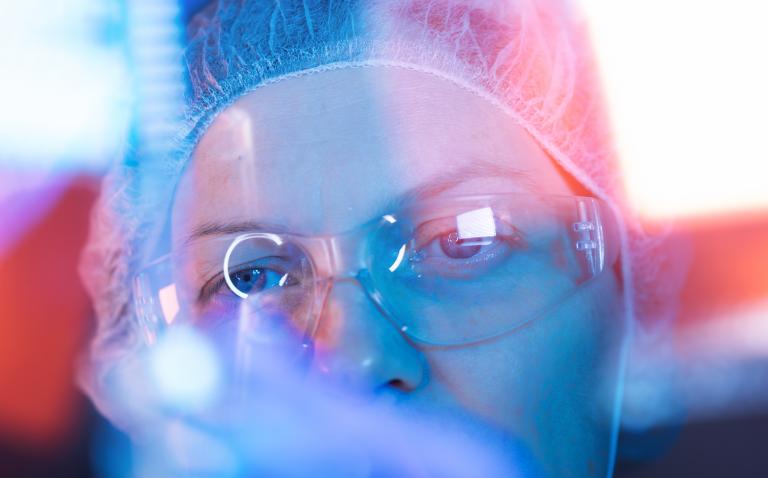Scientists have identified a subtype of immune cell that drives the production of antibodies associated with anaphylaxis and other allergic reactions.
The research was funded by the National Institute of Allergy and Infectious Diseases, part of the National Institutes of Health, and reveals a potential target for new therapies to prevent severe allergic reactions. The findings are published online in the journal Science.
Investigators at Yale University, New Haven, Connecticut, the Jackson Laboratory for Genomic Medicine, Farmington, Connecticut, and their collaborators discovered a subtype of T cells – called T follicular helper cell 13, or Tfh13 cells – in laboratory mice bred to have a rare genetic immune disease called DOCK8 immunodeficiency syndrome. In humans, DOCK8 deficiency leads to recurrent viral infections of the skin and respiratory system and to severe allergies and asthma.
Allergies and anaphylaxis are linked to the production of high levels of high-affinity IgE antibodies, which bind strongly to allergens to spur allergic reactions. The investigators noted that mice with a DOCK8 deficiency had novel T follicular helper cells, not found in normal mice, that produced a unique combination of chemical messengers called cytokines.
They then took mice with normal immune systems and sensitised them with respiratory and food allergens to induce severe allergic reactions leading to anaphylaxis. While non-allergic mice lacked Tfh13 cells, allergic mice had both Tfh13 cells and high-affinity IgE. With genetic manipulation, the scientists prevented Tfh13 cell development in mice and found that the animals did not make anaphylactic IgE to allergens. To transfer this insight to humans, they then compared blood samples from people with peanut or respiratory allergies to those of non-allergic volunteers and found that individuals with allergies and the associated IgE had elevated levels of Tfh13 cells.
The study authors conclude that Tfh13 cells are responsible for directing antibody-producing B cells to create high-affinity IgE and that Tfh13 cells may be required for allergic disease, including anaphylaxis. They say targeting Tfh13 cells may represent a new strategy to prevent or treat allergic diseases. While such a strategy would likely not replace life-saving, emergency epinephrine when anaphylaxis occurs, therapies targeting Tfh13 cells might prevent the onset of anaphylaxis when an allergic person is exposed to an allergen.
Reference
- Gowthaman U et al. Identification of a T follicular helper cell subset that drives anaphylactic IgE. Science 2019;DOI: 10.1126/science.aaw6433










